Our Takayama hotel breakfast featured a buffet filled with many local dishes. The ‘Hida beef’ is high quality, rich fat, super tasty beef produced locally, while the Pak Leaf miso was a spicy soy bean curry, and the Pickled steak seemed to be egg and cabbage with bonito flakes and no evidence of meat.
You learn pretty quickly that local is much better than the eclectic interpretation of international options. We’ve become big fans the small portions of sashimi, seaweed, and pickled vegetables, and the rice machine is a game changer for the breakfast buffet – perfectly cooked portions every time!
Today was an opportunity to explore Takayama properly. It’s in the Gifu Prefecture surrounded by the Japanese Alps. It’s quite isolated in the mountains, and parts of it feel a bit lost in time. This morning we happened across tiny markets with locals selling a few veggies (a bunch of chillies that look like flowers), little displays of craft outside their homes, and sake barrels left over from last night’s festival.
The cherry blossoms are just coming into bloom in the town and around the Hida-Takayama museum. They bring life and colour against the dark buildings and evergreen trees, and after a long winter they would be such a welcome sight.
We’ve also been intrigued by the narrow drains that run down every street. Research suggests they are part of a well designed system that catches snow as it falls from the roofs. Throughout the town they have removable covers allowing cars or pedestrians to cross – and in some cases making it clear that shops are not open.
The homes themselves are elegantly simple and designed for the climate with open spaces for airflow. Somehow this seems to be a lost art in so many places around the world.
Takayama has also become a haven for retro museums, particularly from the Showa period of Emperor Hirohito from the 1920s-1980s. The Showa-kan museum has a huge collection of memorabilia from post-war Japan and is literally a step back in time.
There’s so much here that feels like the Japan I learned about at school. Plastic toys, electronics, and American influences in the music meet deep tradition and ritual. It seems like the war was a distinct transition point for the country and must have created so much tension between generations.
It was also a stark reminder of how much Japanese industry used to lead the world and influence our daily lives. Who had an Atari or original style Nintendo with cartridges that clicked in??? Brands like Sanyo, Nokia, Nintendo, Atari and Fujitsu were the electronic powerhouses in the 1990s and I remember learning how Australian companies aspired to have their level of efficiency. Now we know that no amount of efficiency is a match for the software giants that came along… some companies embraced it, others continued to kanban themselves to obsolescence. Our many years of observations of the big Japanese auto manufacturers tells a similar story.
Back in time again and off to the Higashiyama Walking Course. The self guided tour takes a 5km + lap of the town, through many temples and nearby Shiroyama Park. It’s a lovely way to explore the area away from the crowds.
Shiroyama Park was established in the mountainous area around the ruins of Takayama Castle about 159 years ago. It has about 1,000 cherry trees so will be stunning when they bloom in the coming weeks.
It’s also home to bears, and the poor Japanese Shroo who, judging by the signs, must frequently suffer from mistaken identity. There are metal pots to strike every few hundred metres to keep the bears away – a little unexpected!
The North Eastern side of the mountain provides great views over the town from the local cultural centre, and peaceful garden. These are the spots that few tourists would have the opportunity to enjoy!
Takayama is fascinating from a tourist perspective. The town is quiet in the morning then comes to life during the day, as tourist buses arrive to give people a quick tour of the old town. Souvenir shops and restaurants that cater to Western tastes do a roaring trade between about 10-2:30, then close up for the day. The Hida beef bun may cater to tourist tastes, but it was also pretty good!
Google suggests that this is a thriving town in the evening, with an abundant choice of places to eat. As we wandered the empty streets we realised that there were three types of restaurants – closed, claiming to be full, or tourist traps seeking $100s a head for the local beef.
When things got desperate, we opted to try the hotel’s complementary ramen available from 9:30-10:30. Turns out, we weren’t the only ones who’d had a dinner fail. The hotel was like a giant soup-kitchen, packed with foreigners in their hotel-issue PJs. Quite an experience!
Which brings me to the hotel in general. It’s has some very traditional features without being a full Ryokan. Shoes were removed on arrival in the lobby, and left in a large shoe locker room. This protects the tatami mats, and is actually makes the whole place feel very homely.
Throughout the trip we’ve commented that Australian’s seem to be a small part of the tourist population, and this hotel confirmed it. There’s a massive number of Chinese/ HK/ Taiwanese travellers, and we’ve noticed the volume of Europeans. As native English speakers we’re definitely in the minority.
It’s lovely to have some more time to slow down and soak up this town. A day trip just doesn’t do it justice!
Love M&A xx
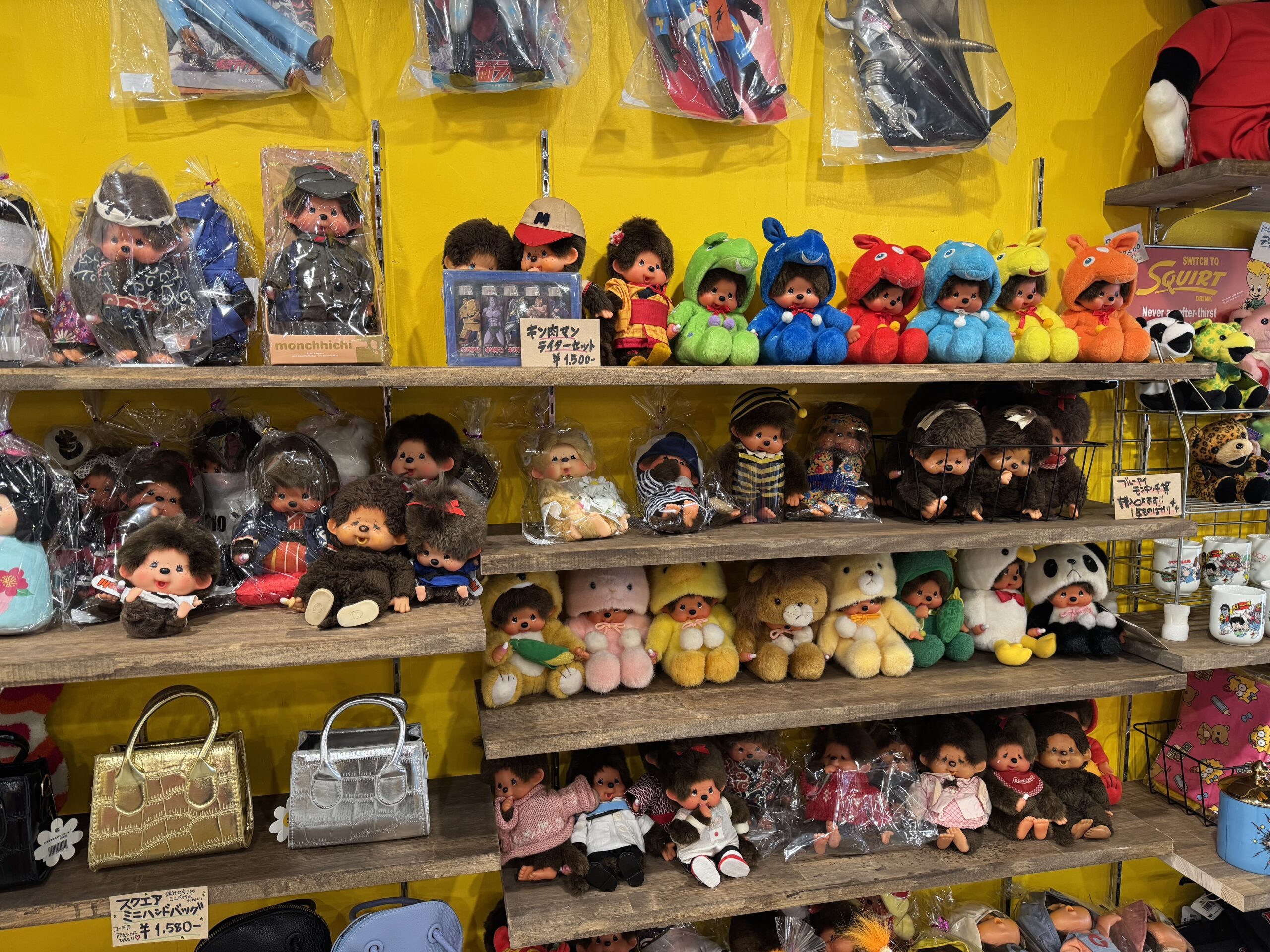
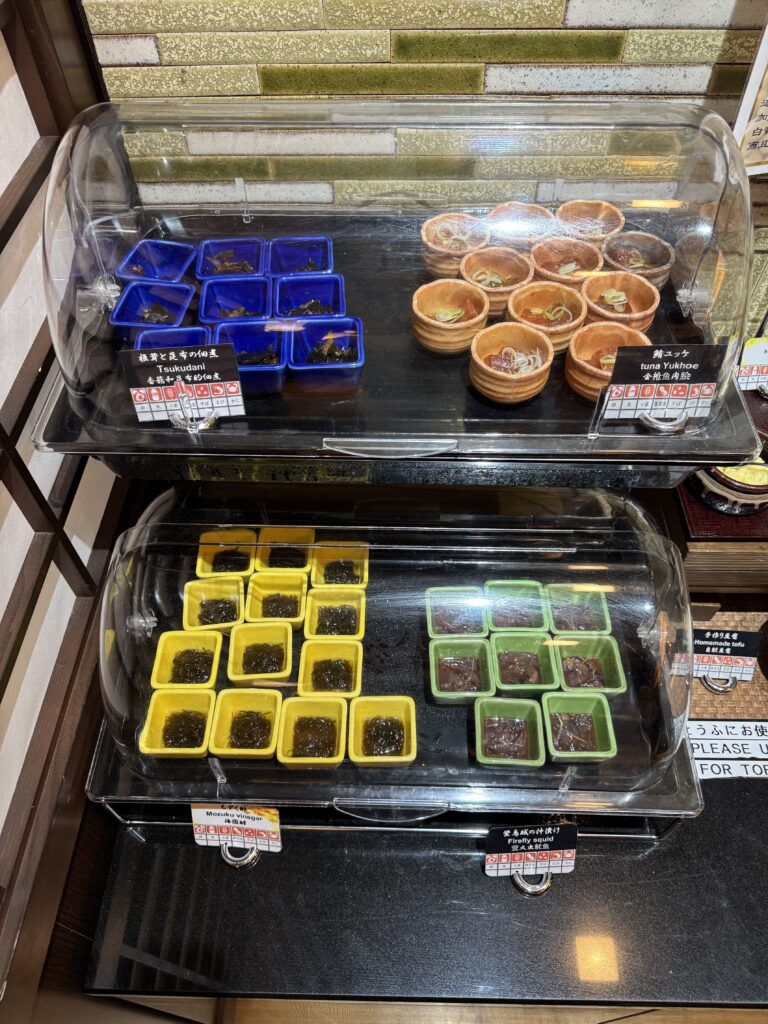
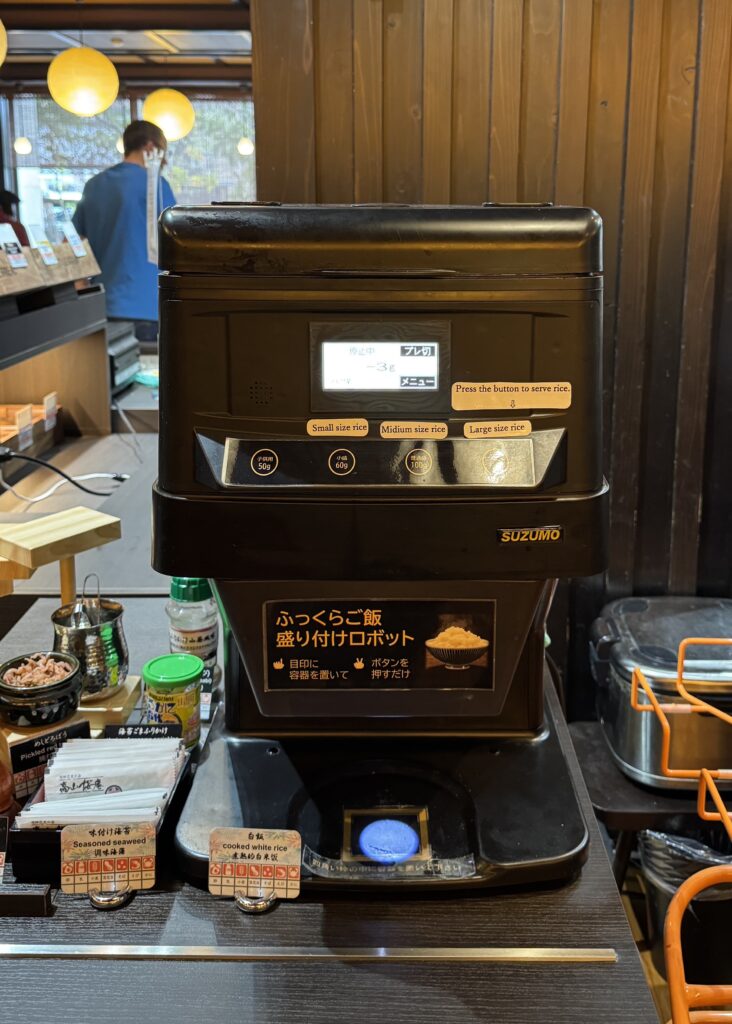
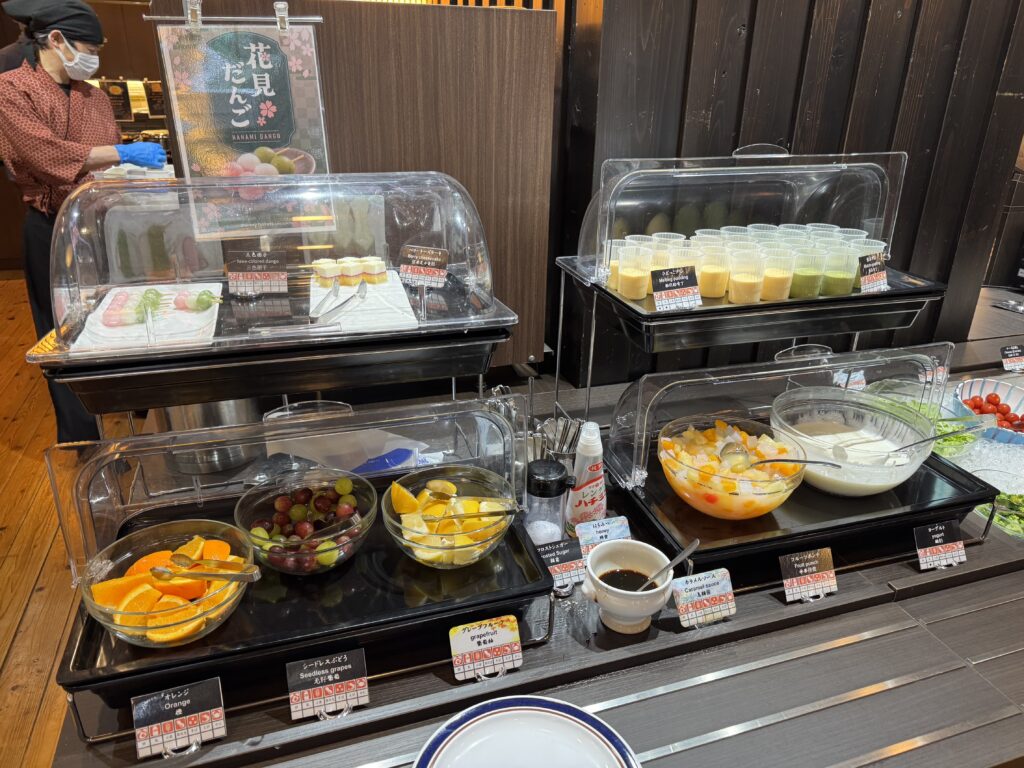
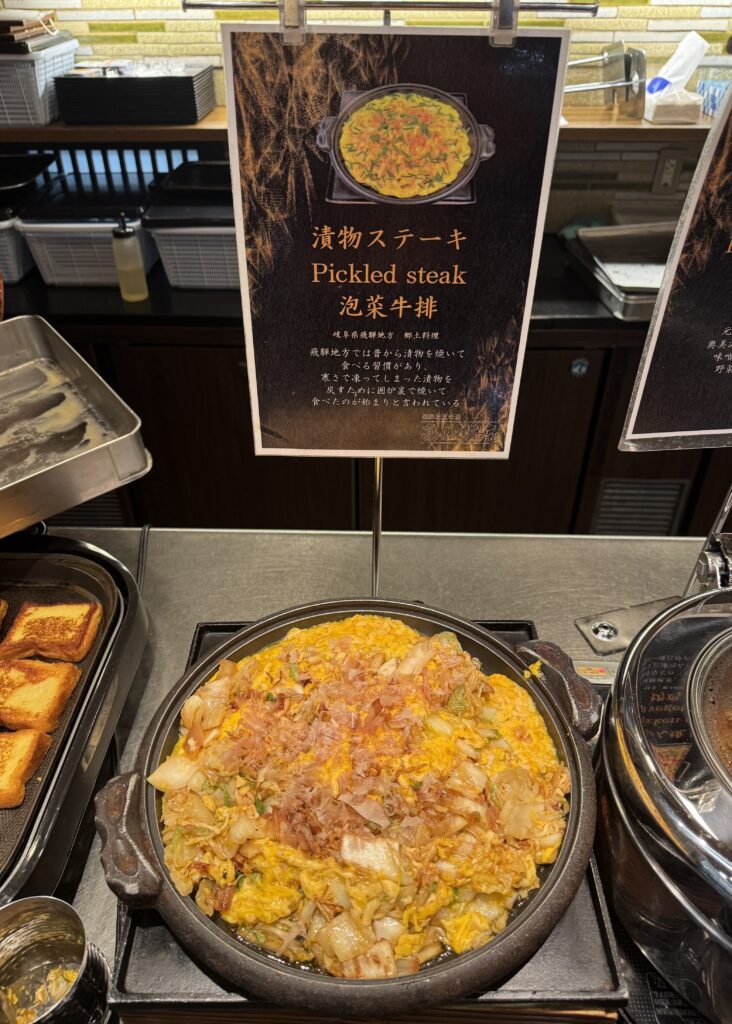
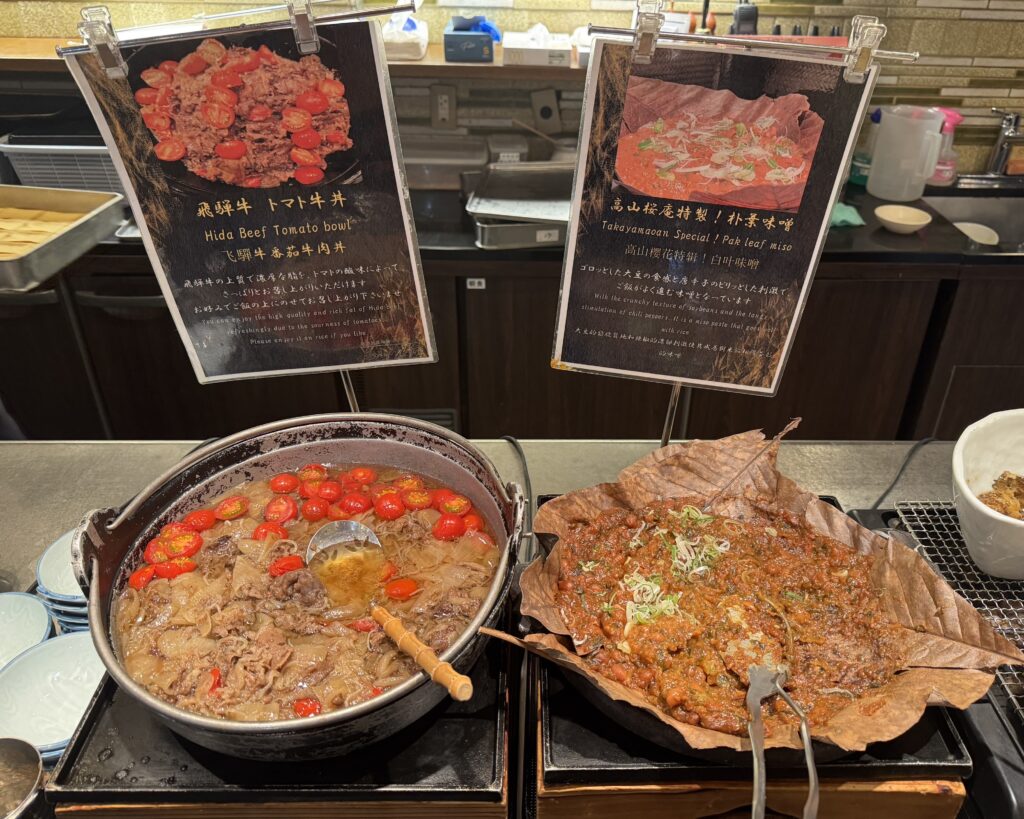
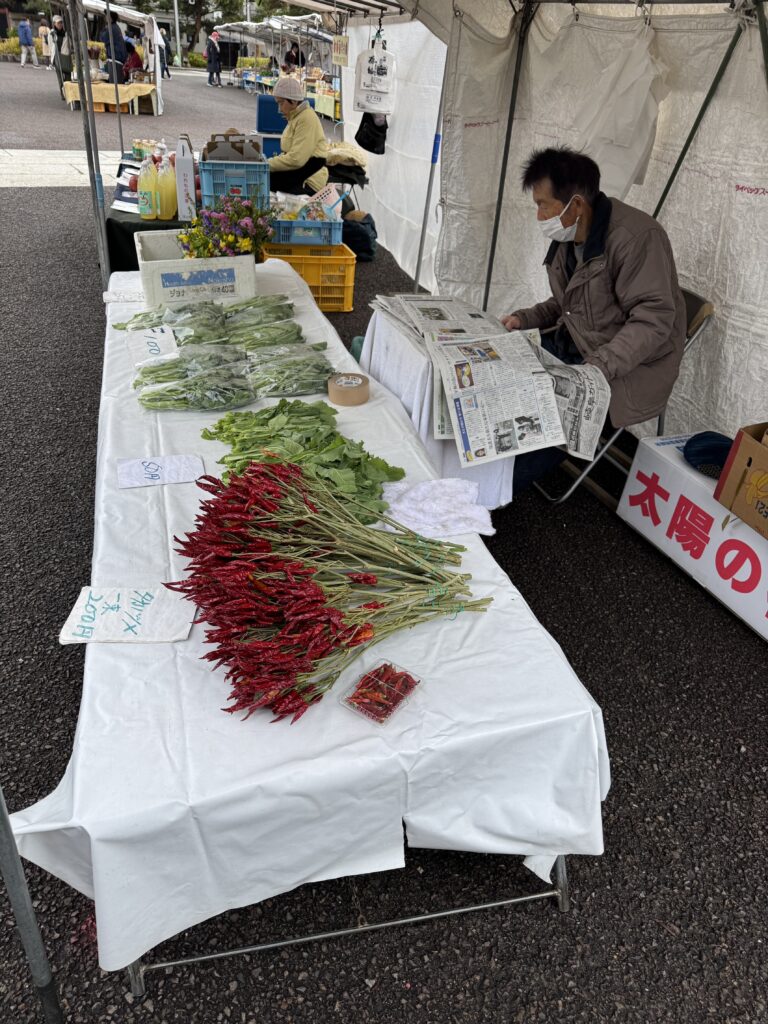
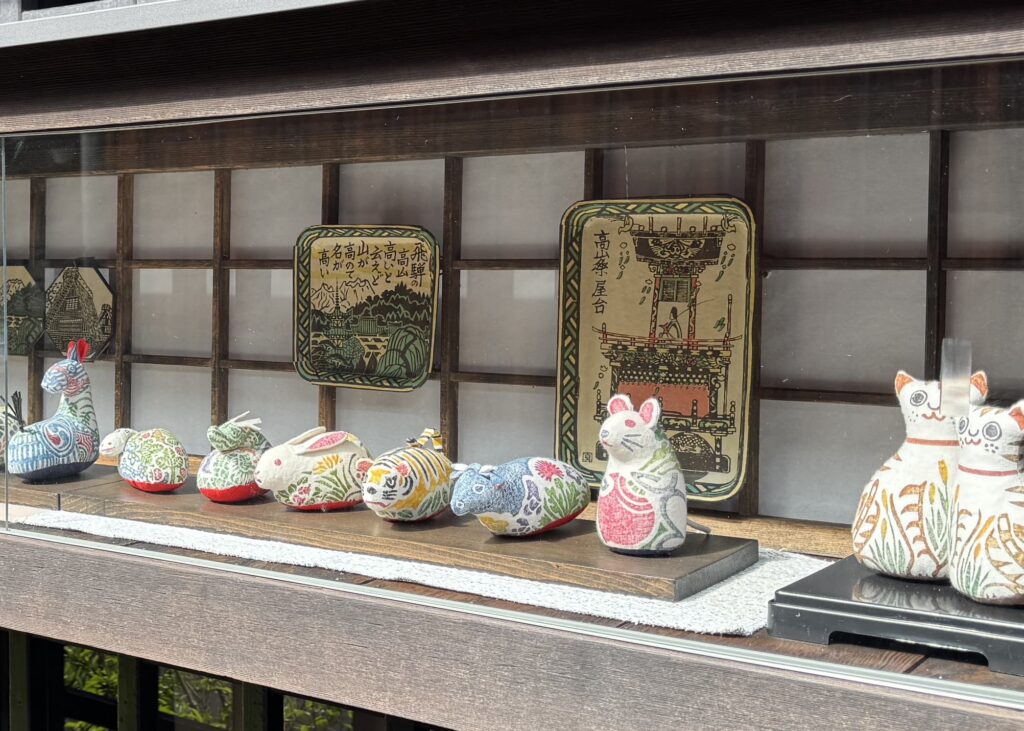
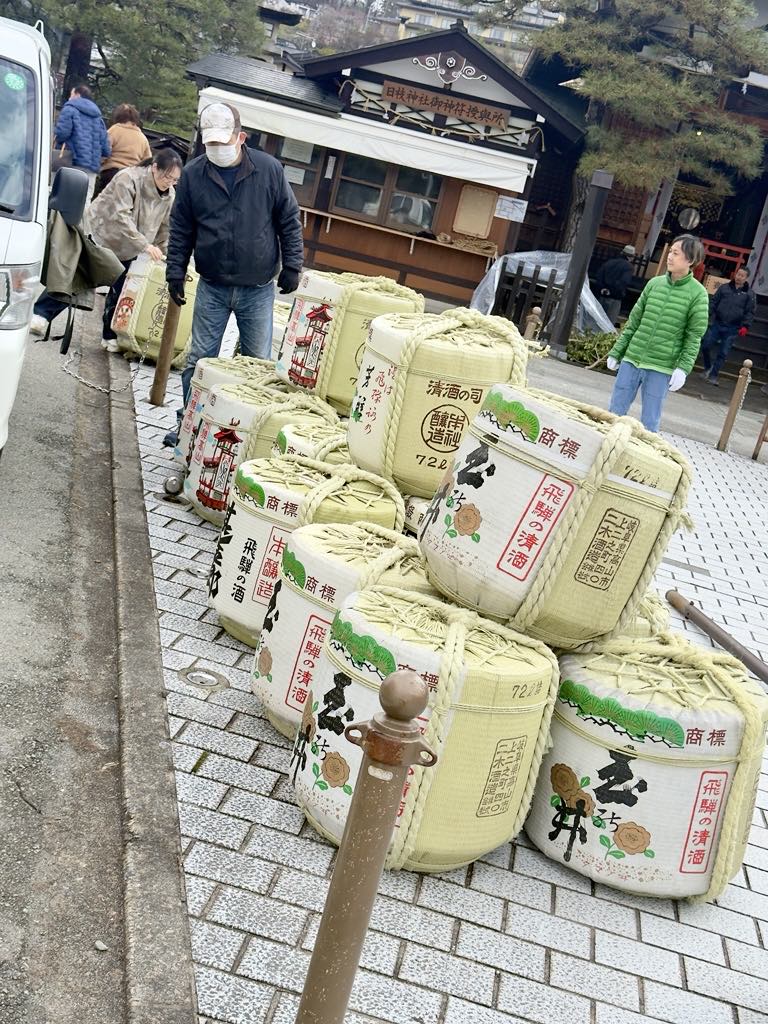
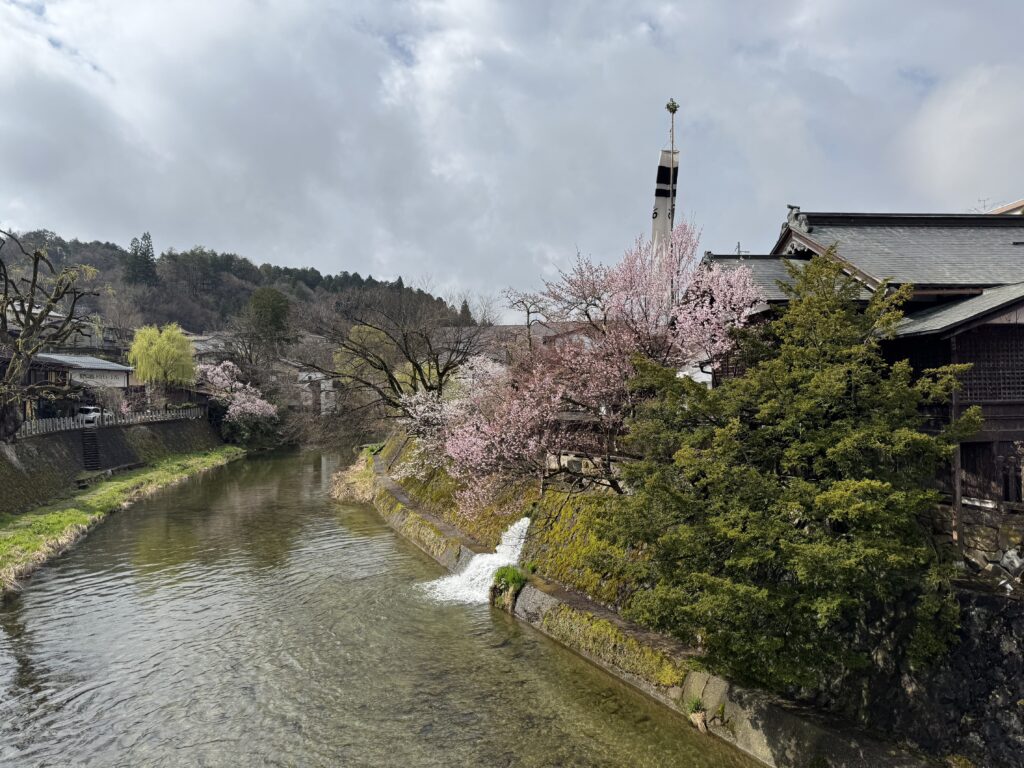
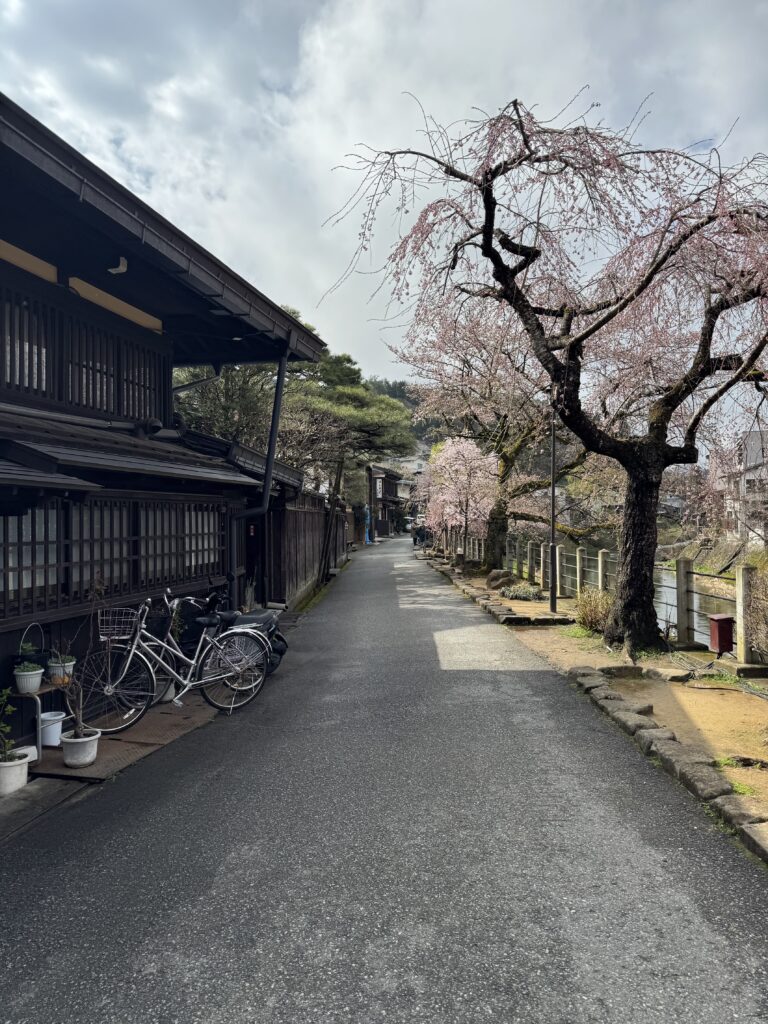
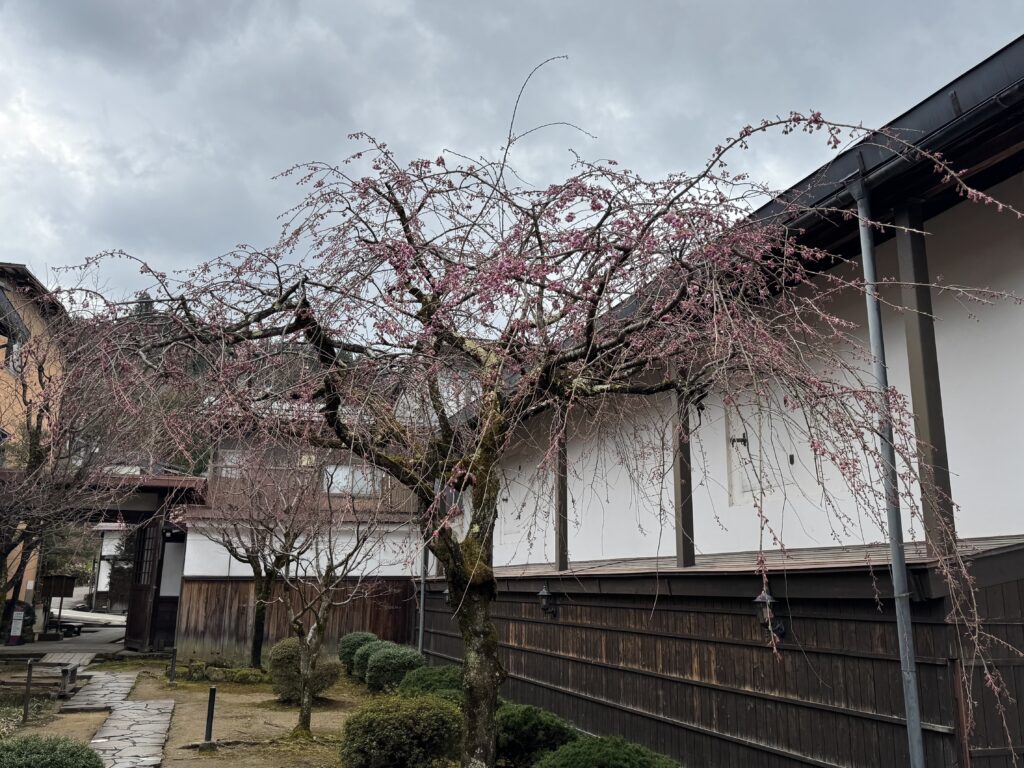
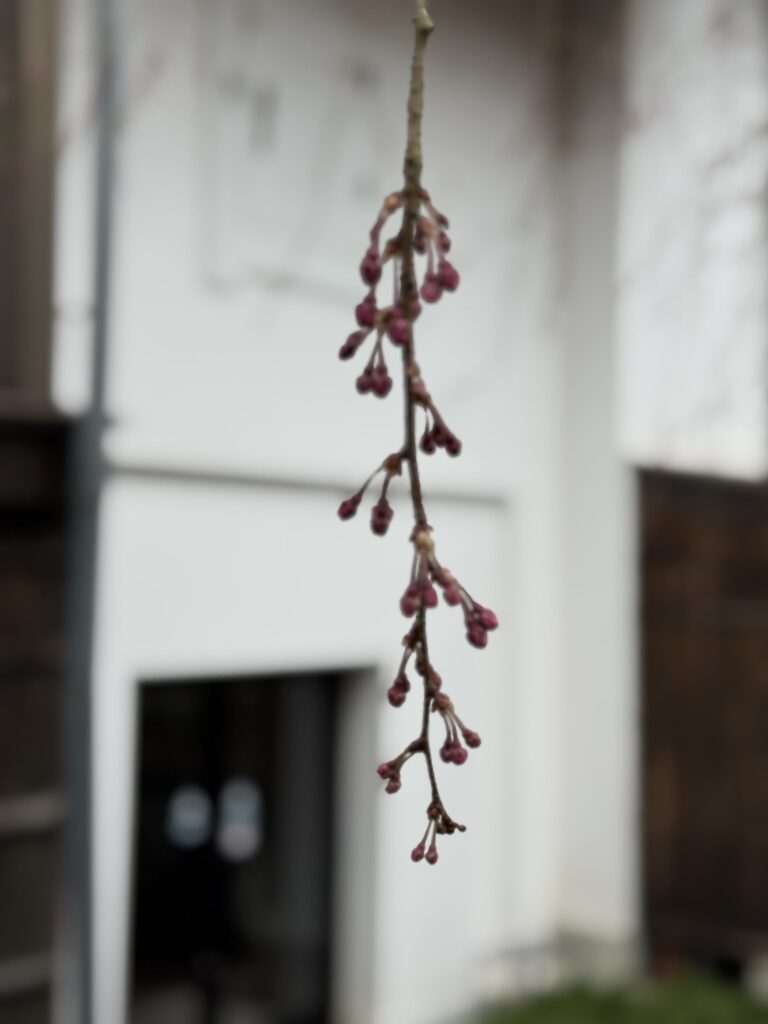
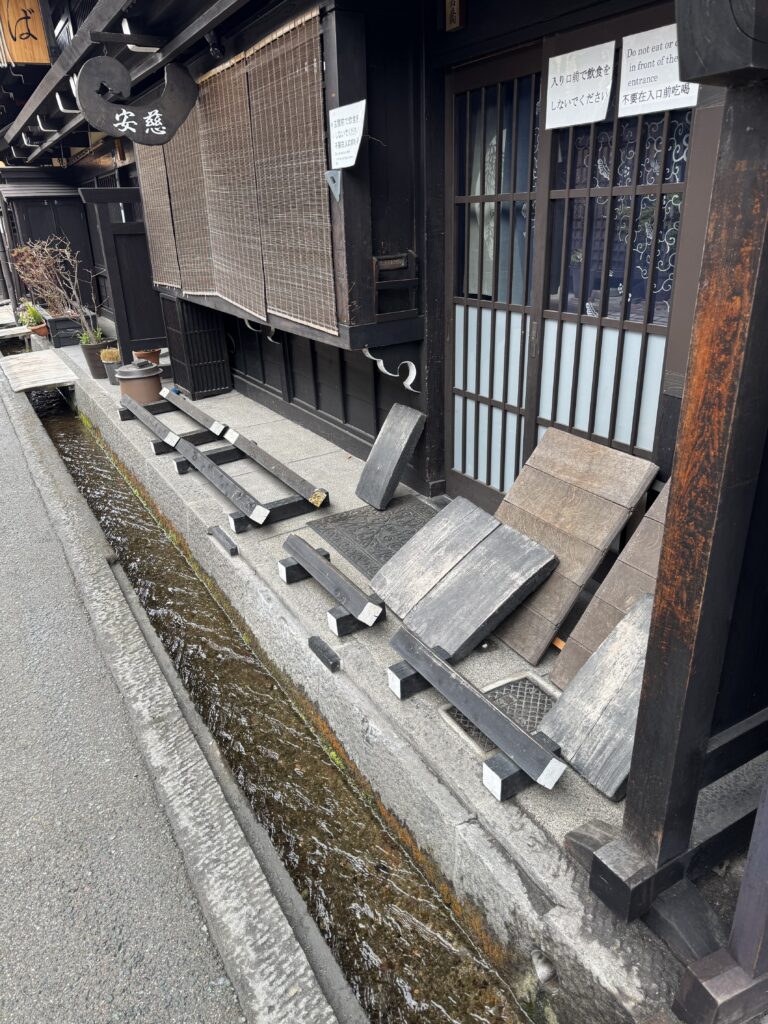
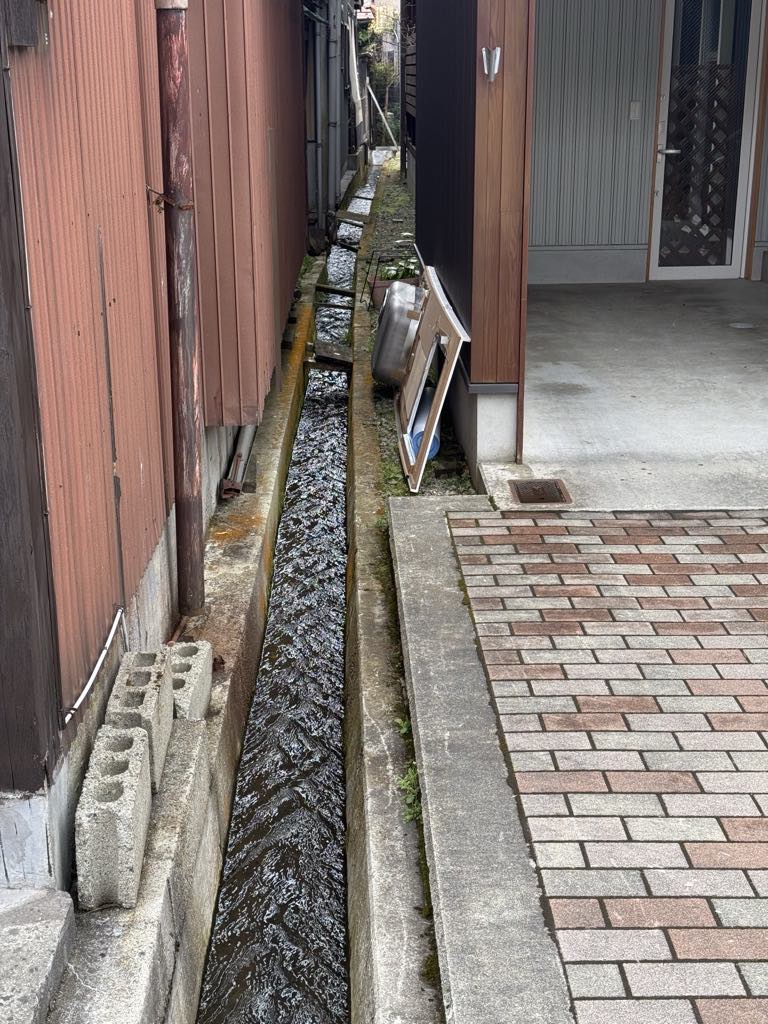
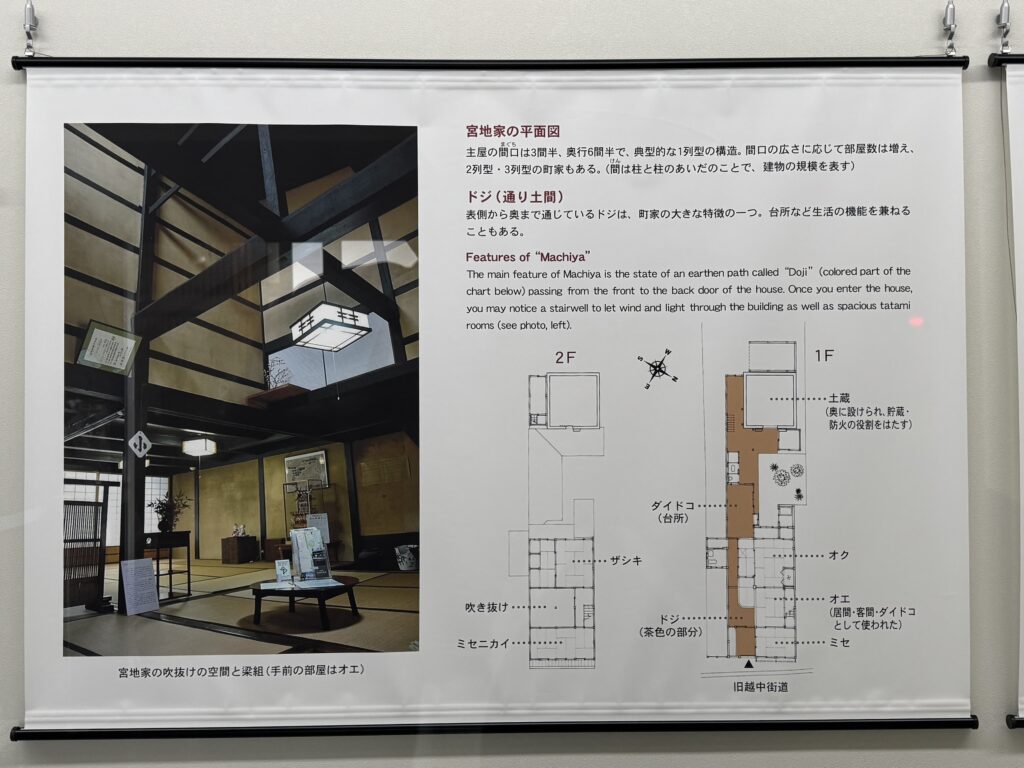
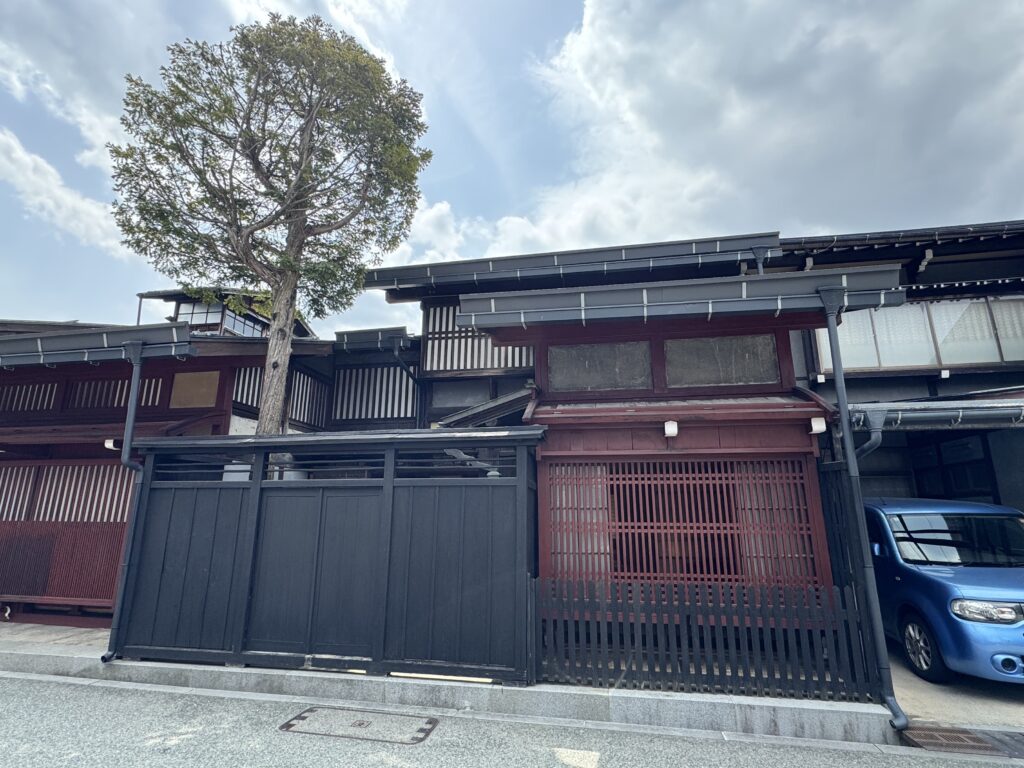
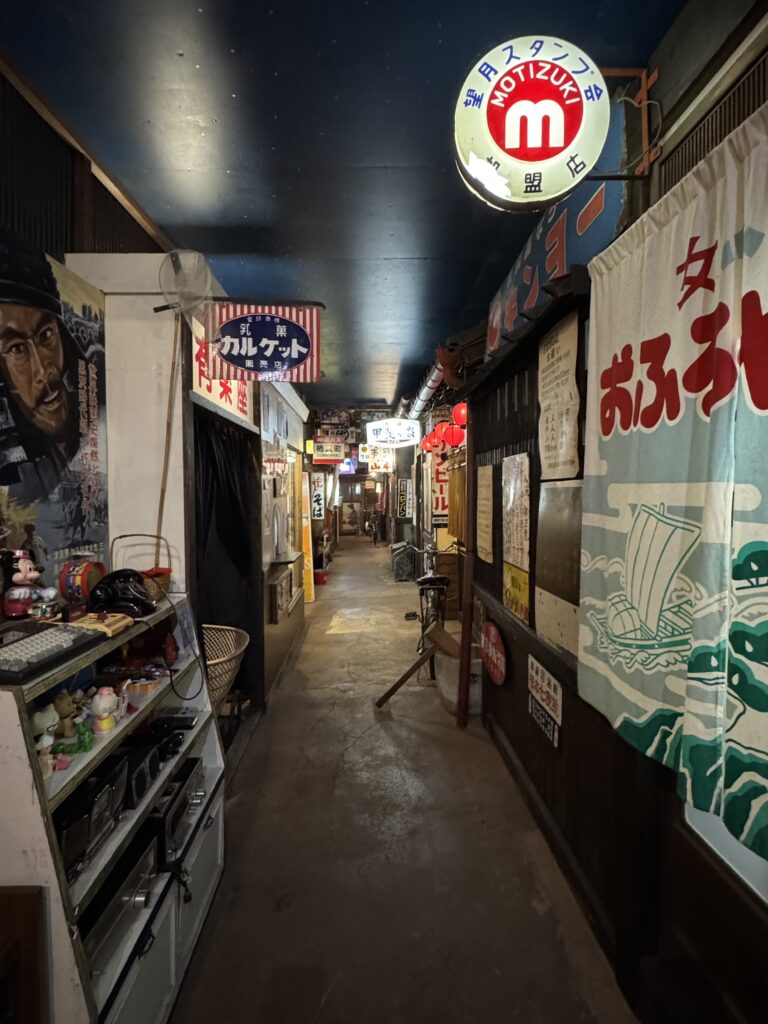

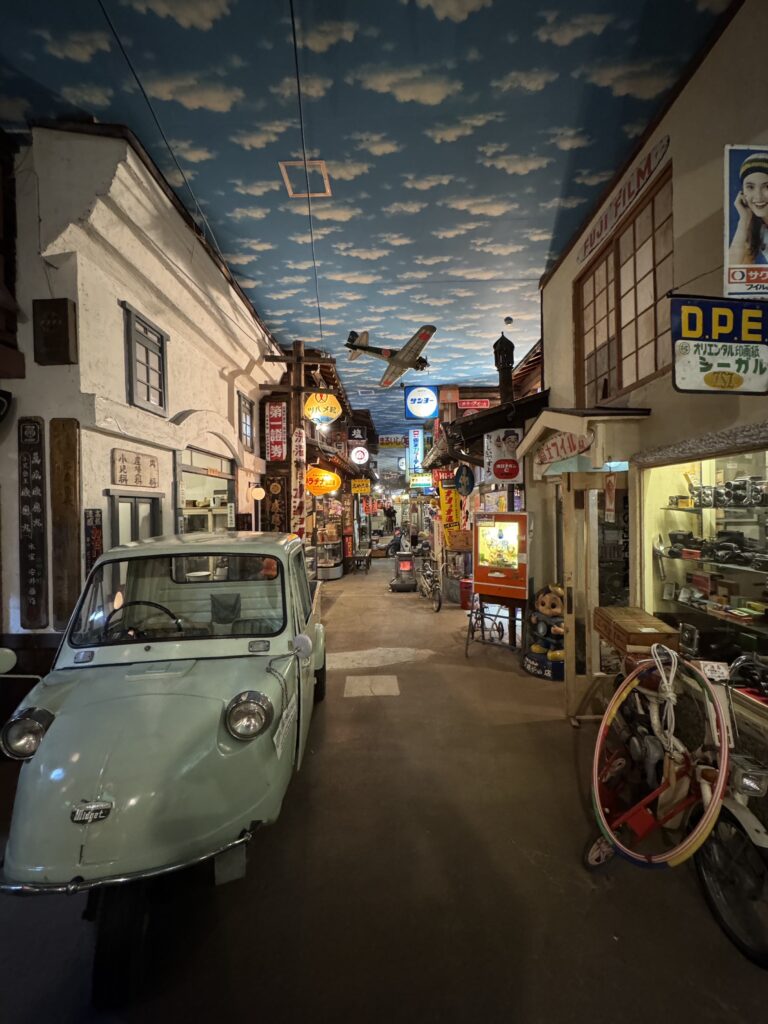
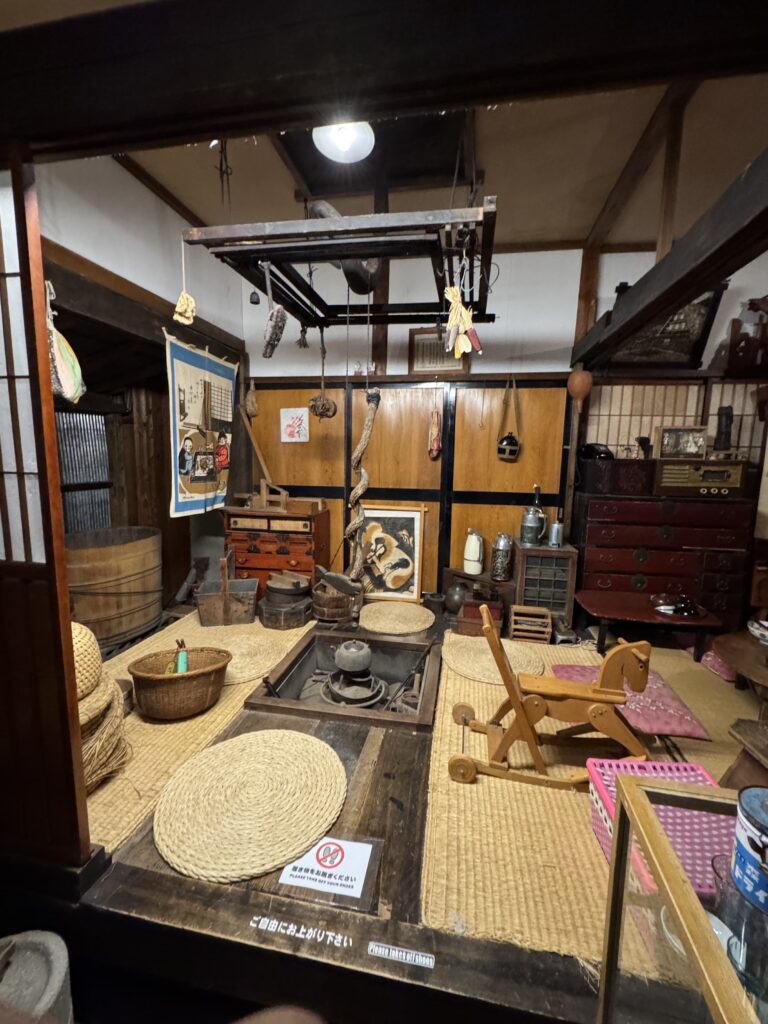
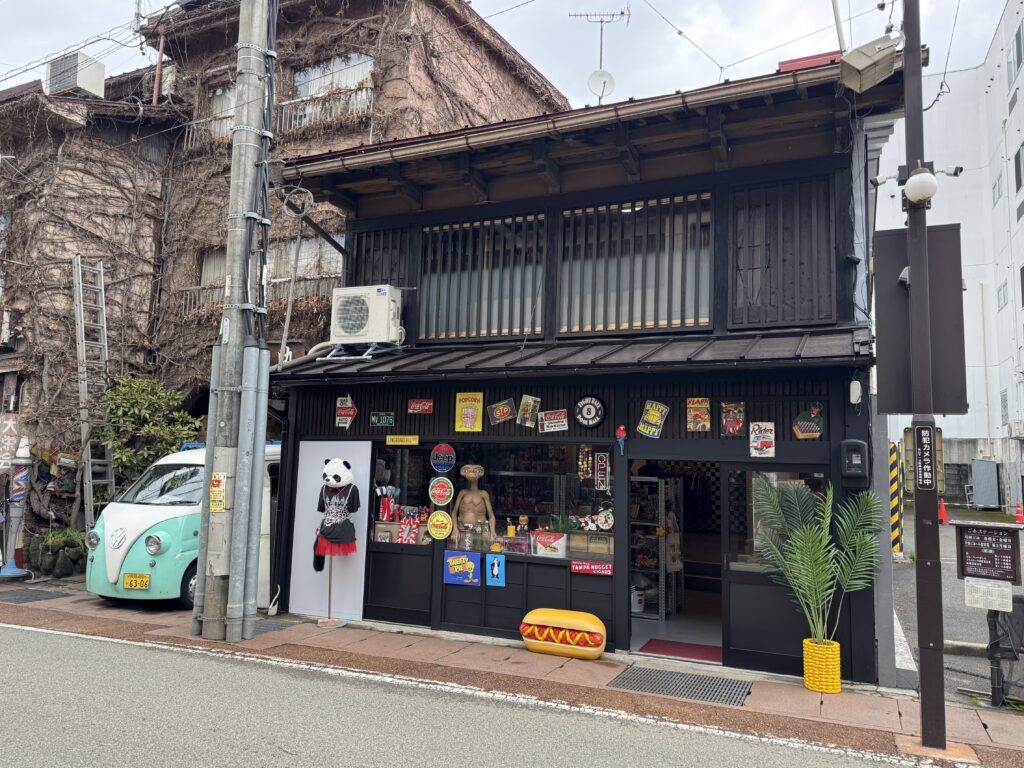
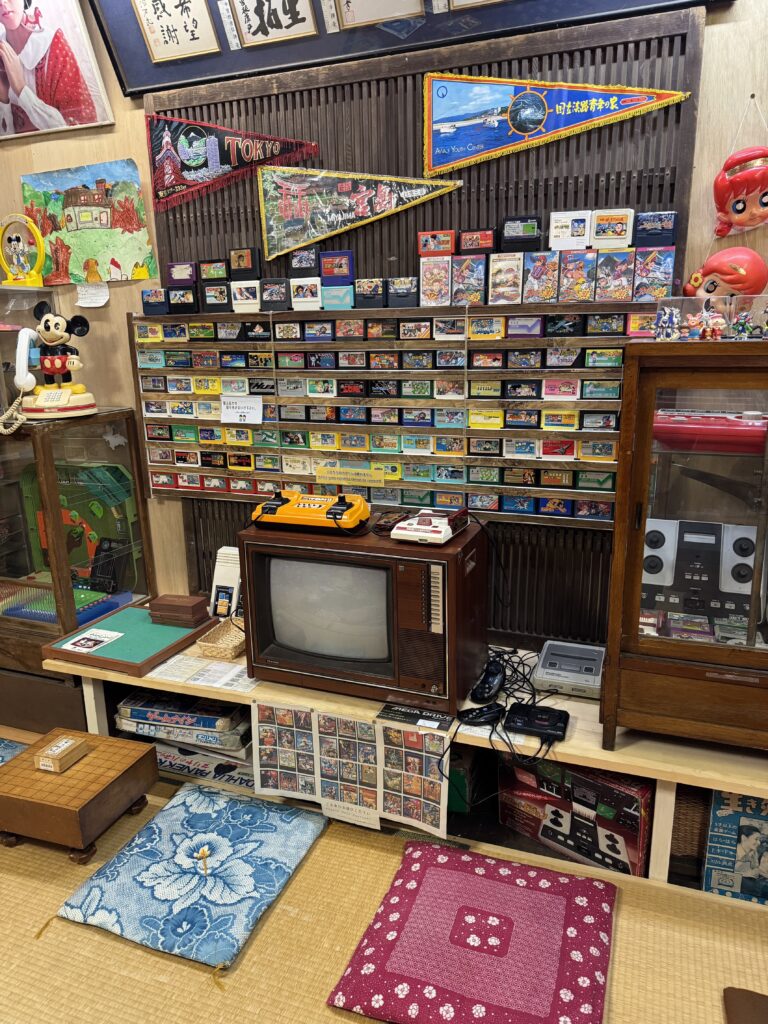
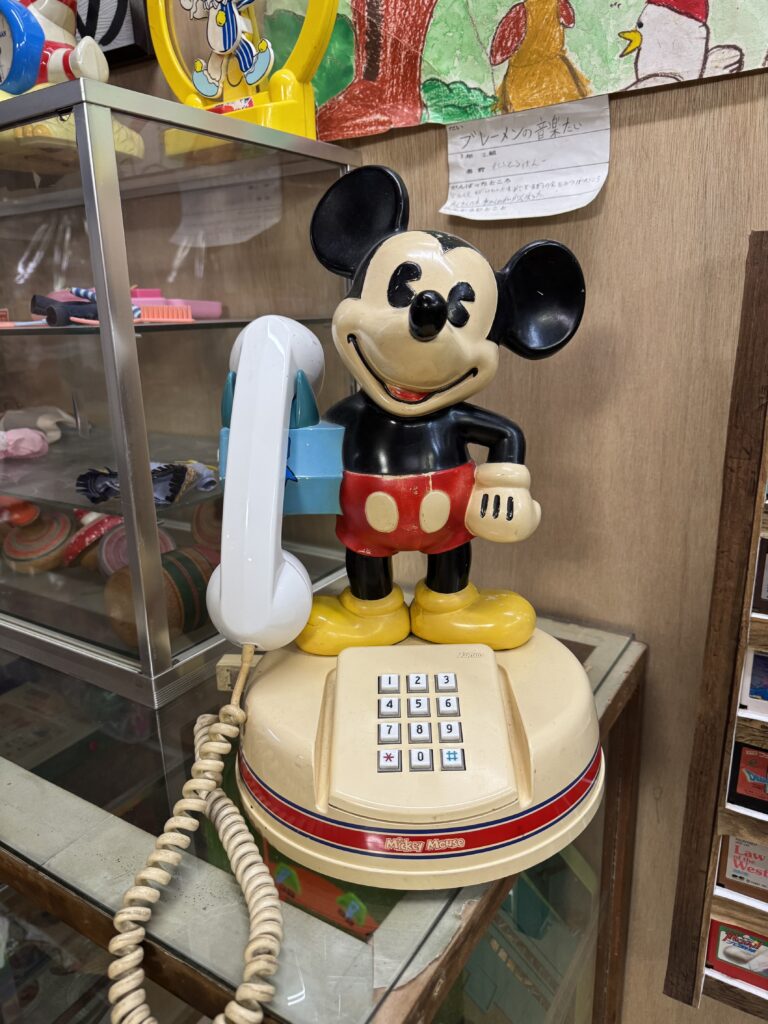
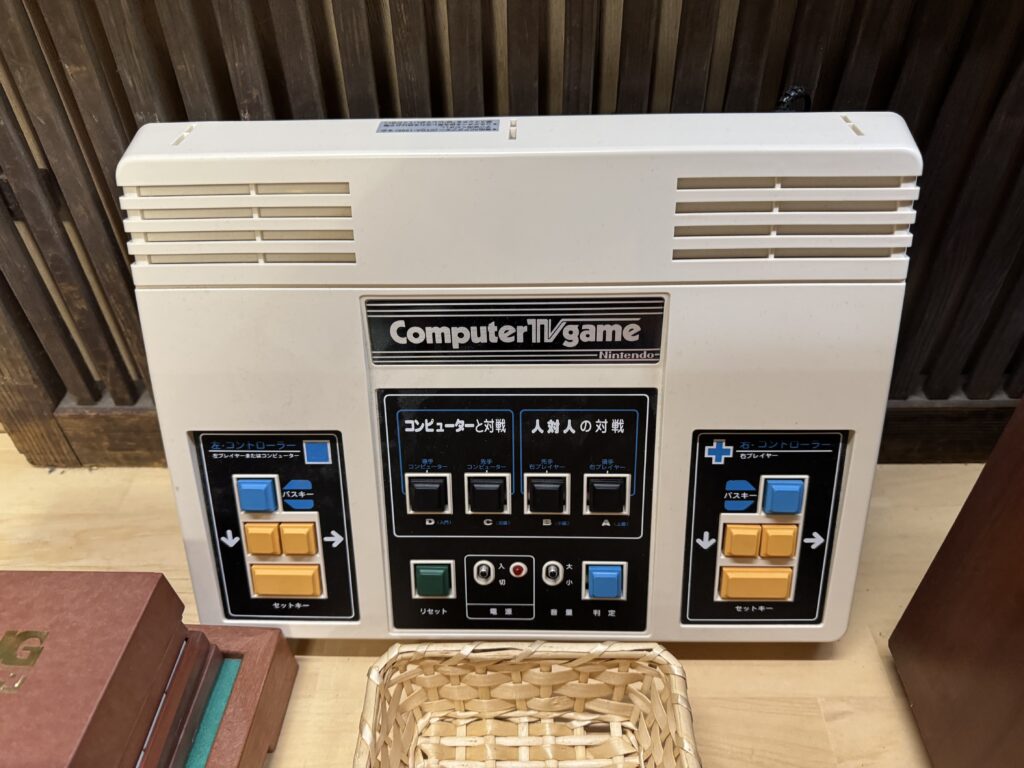
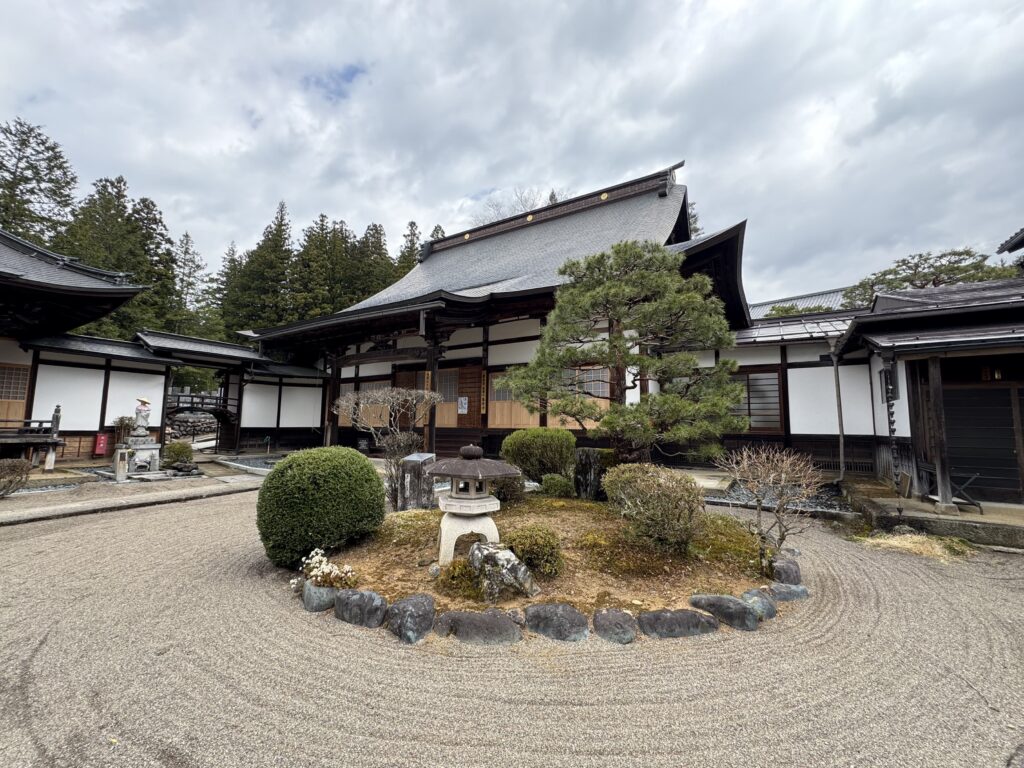
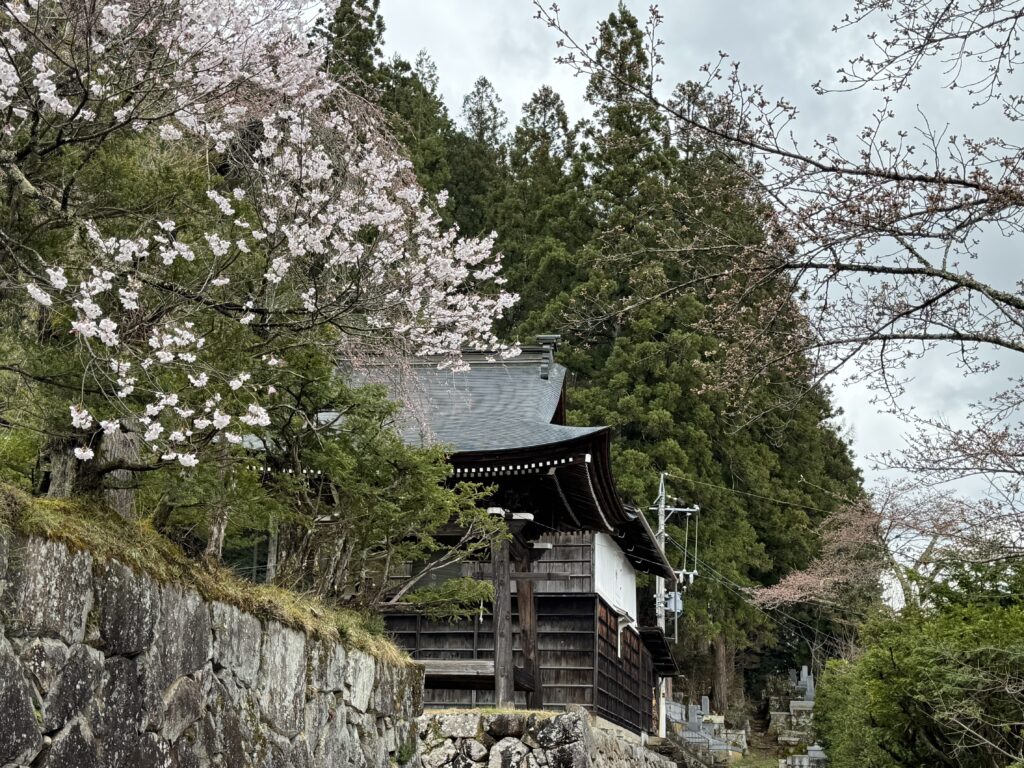
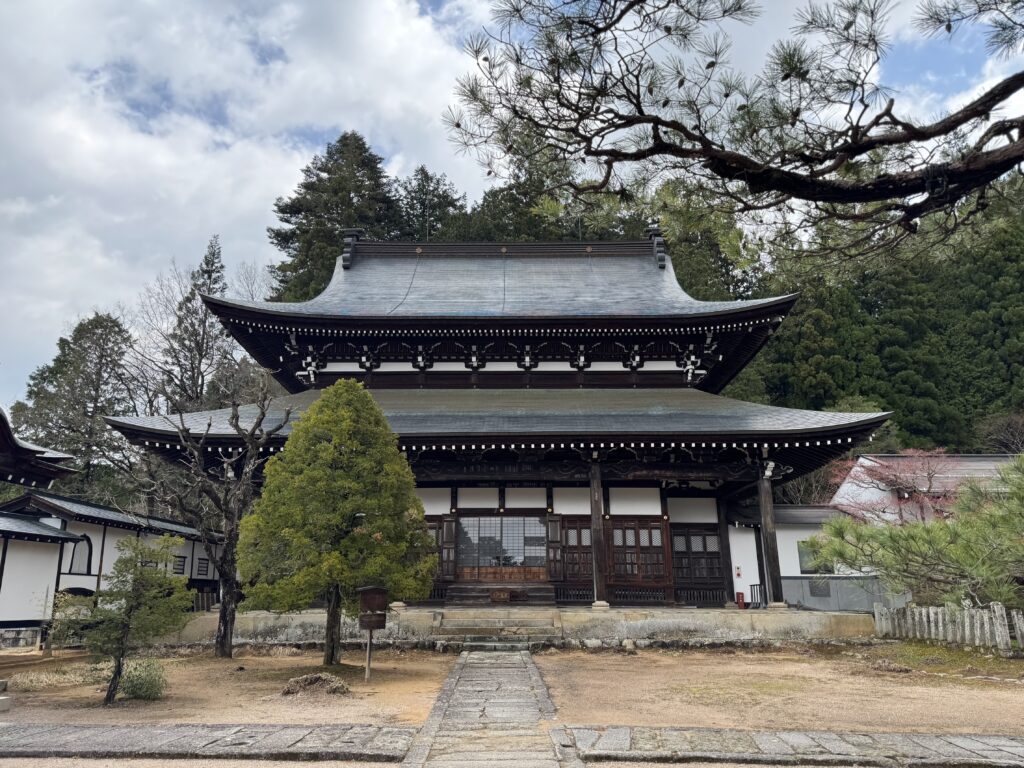
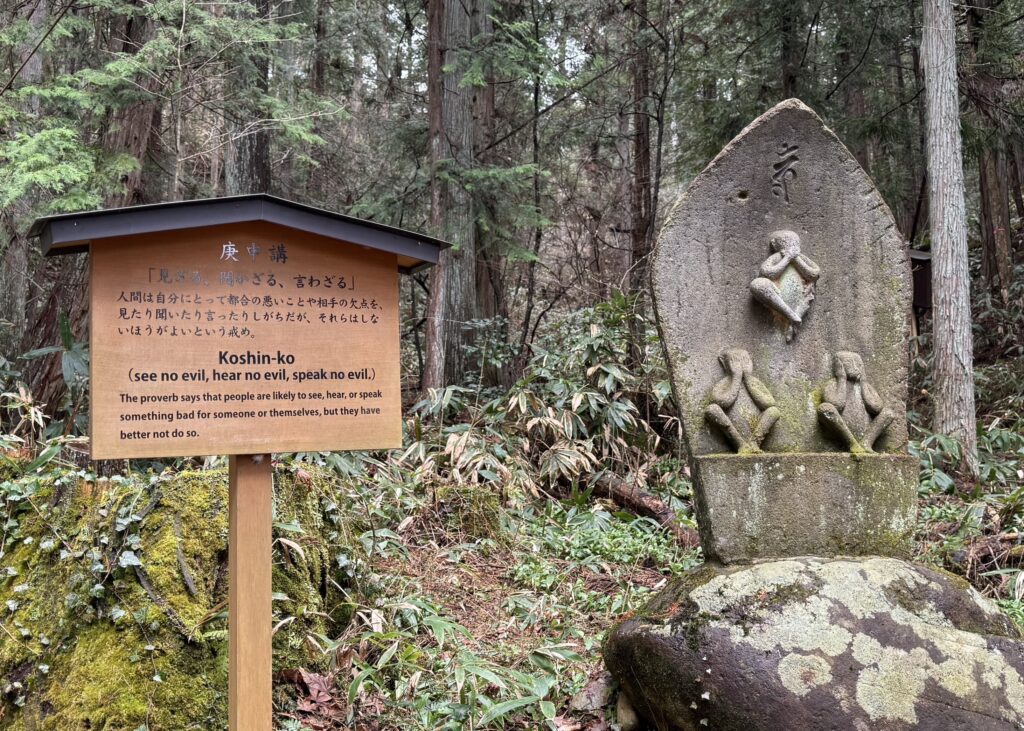
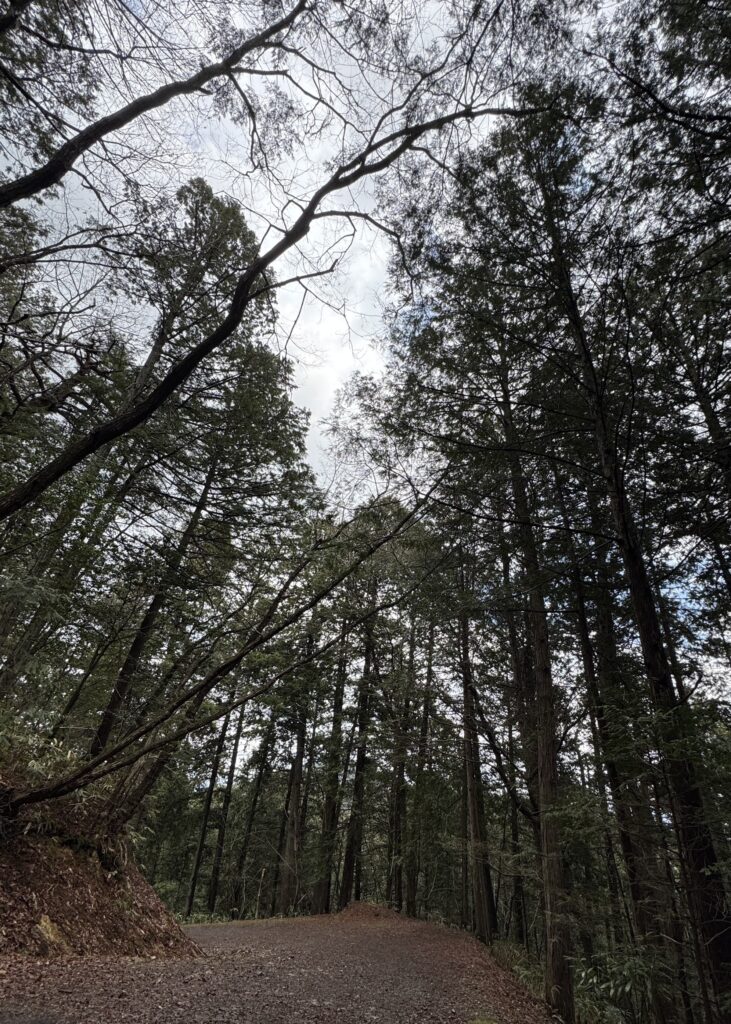
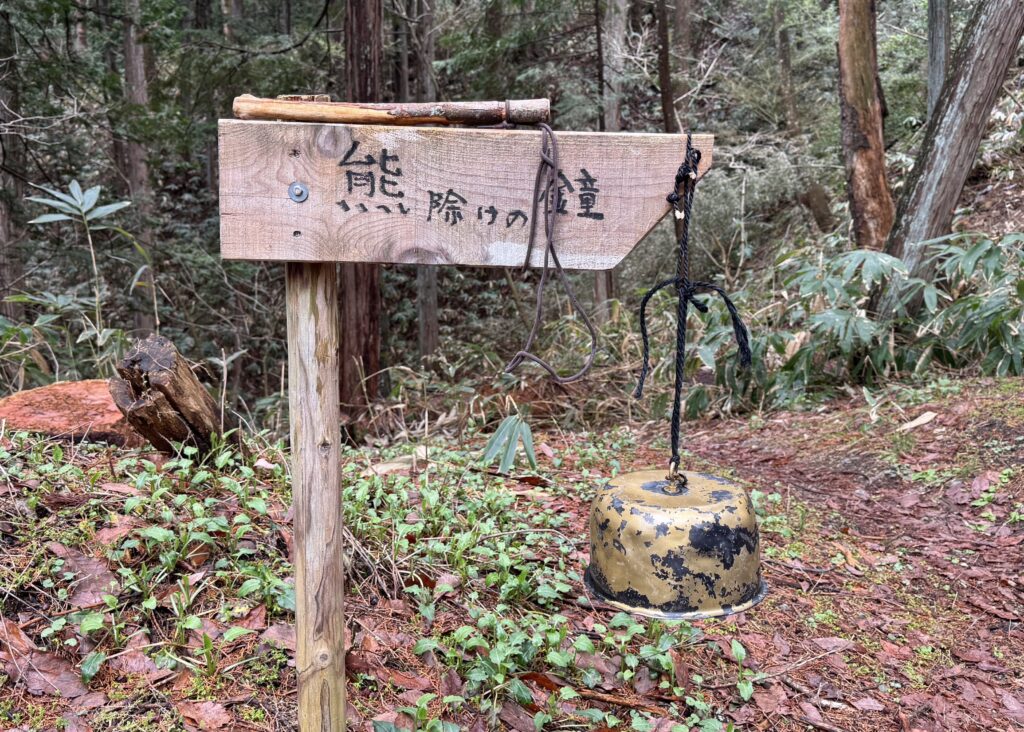
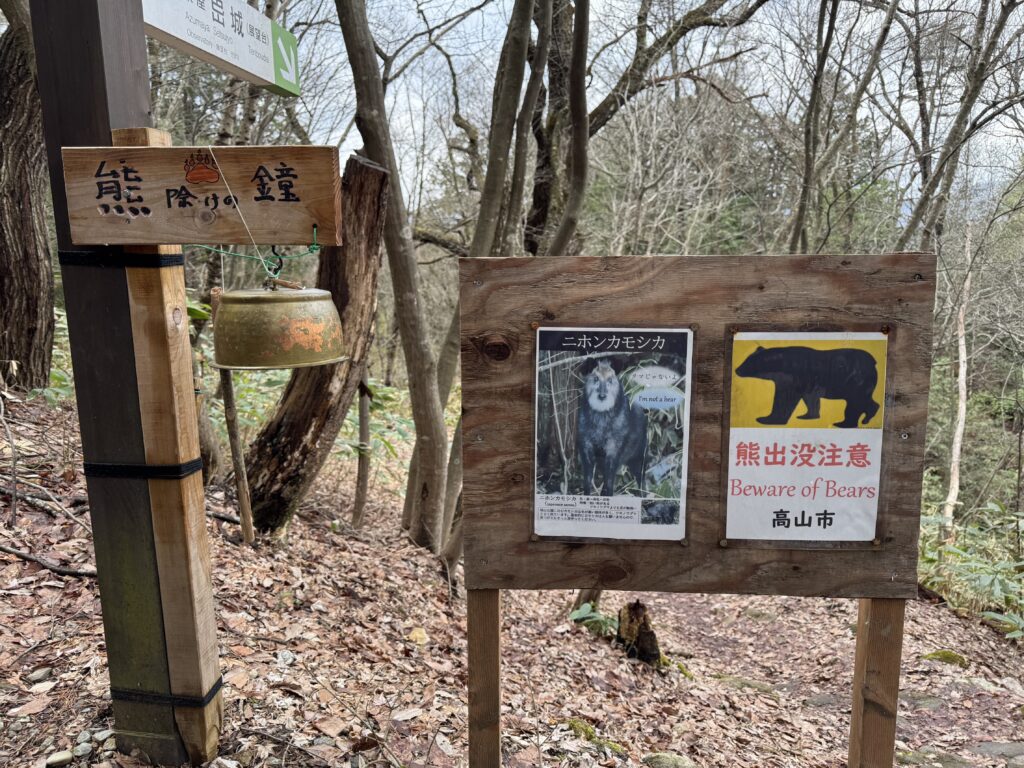
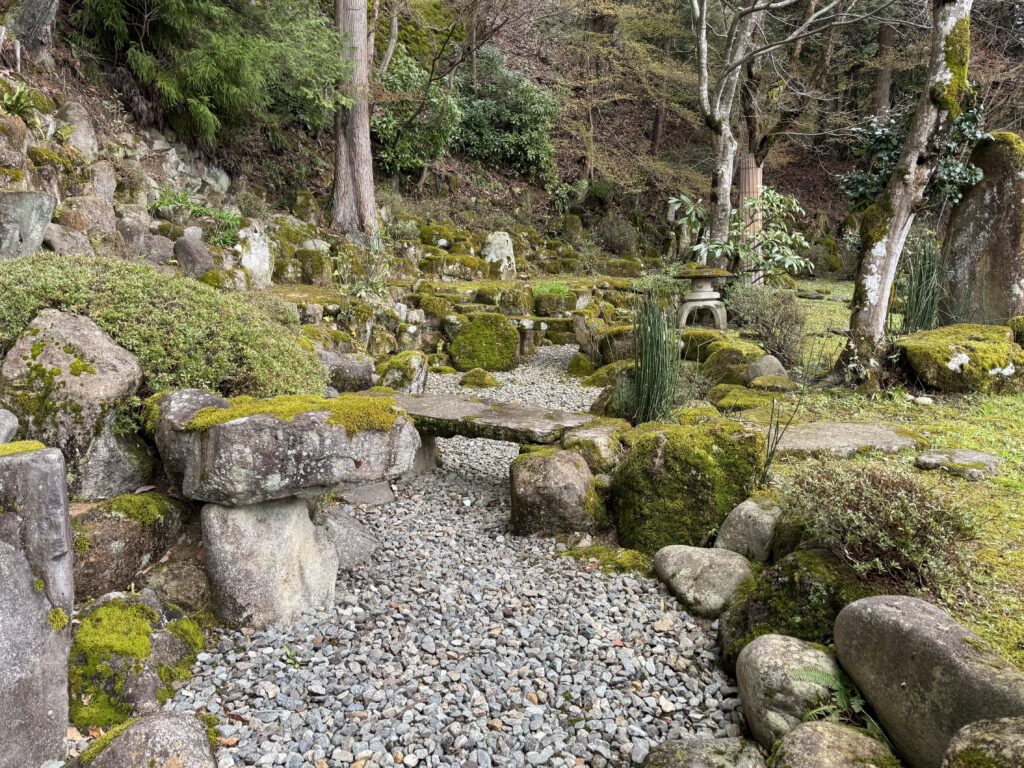

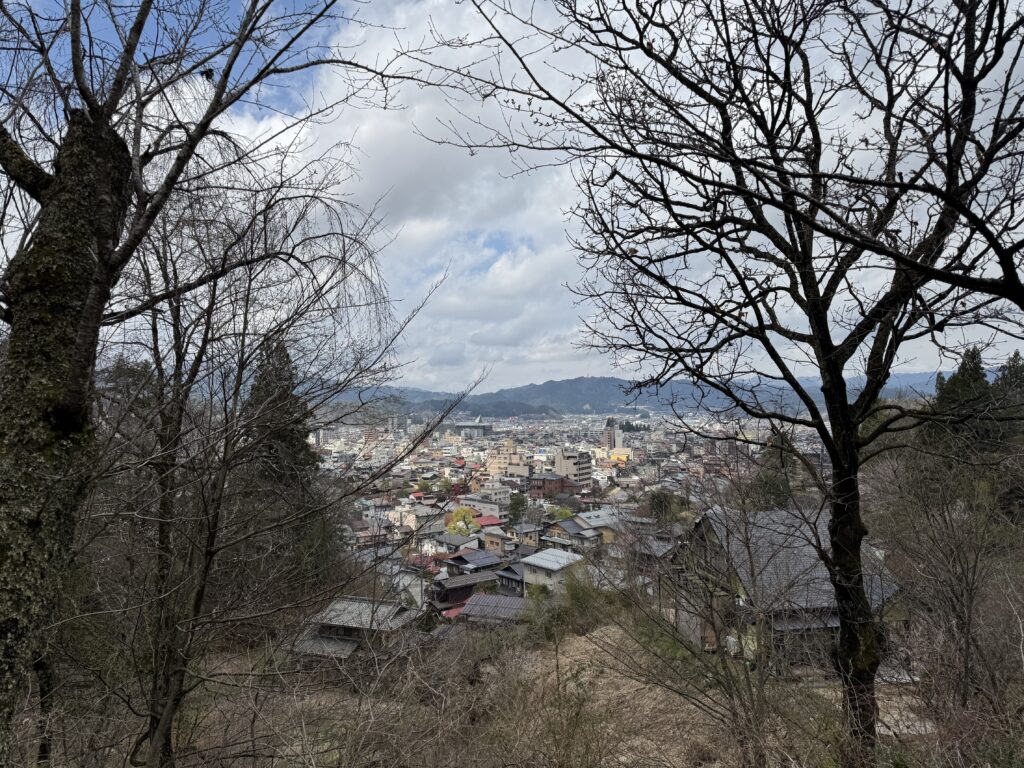
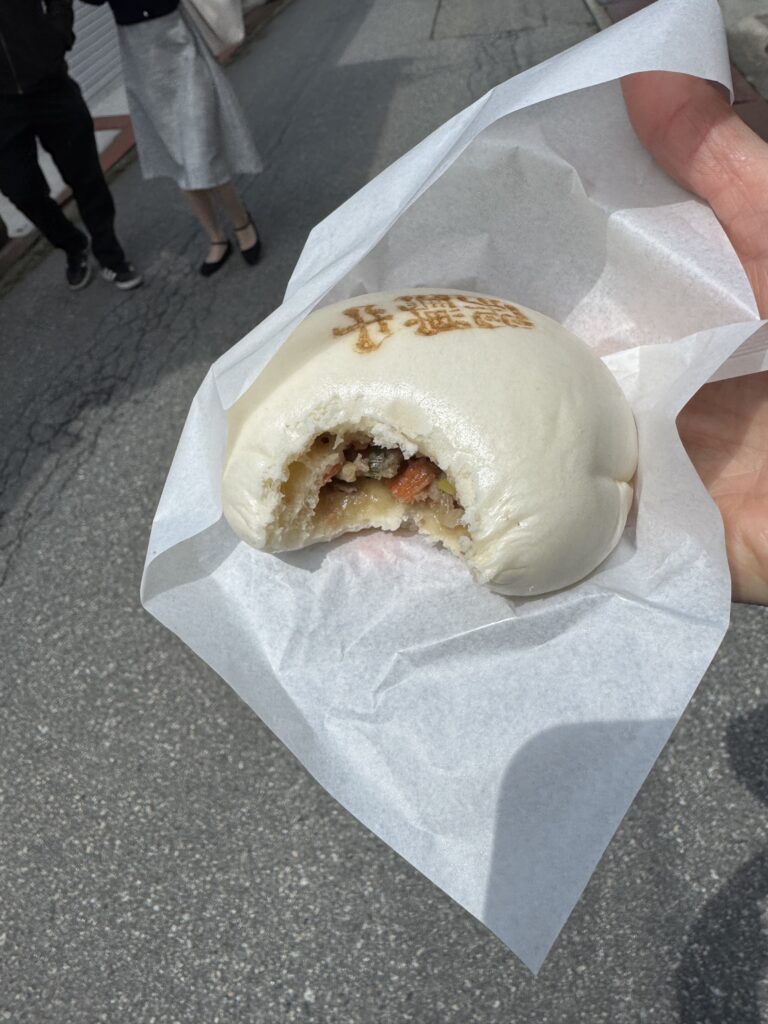
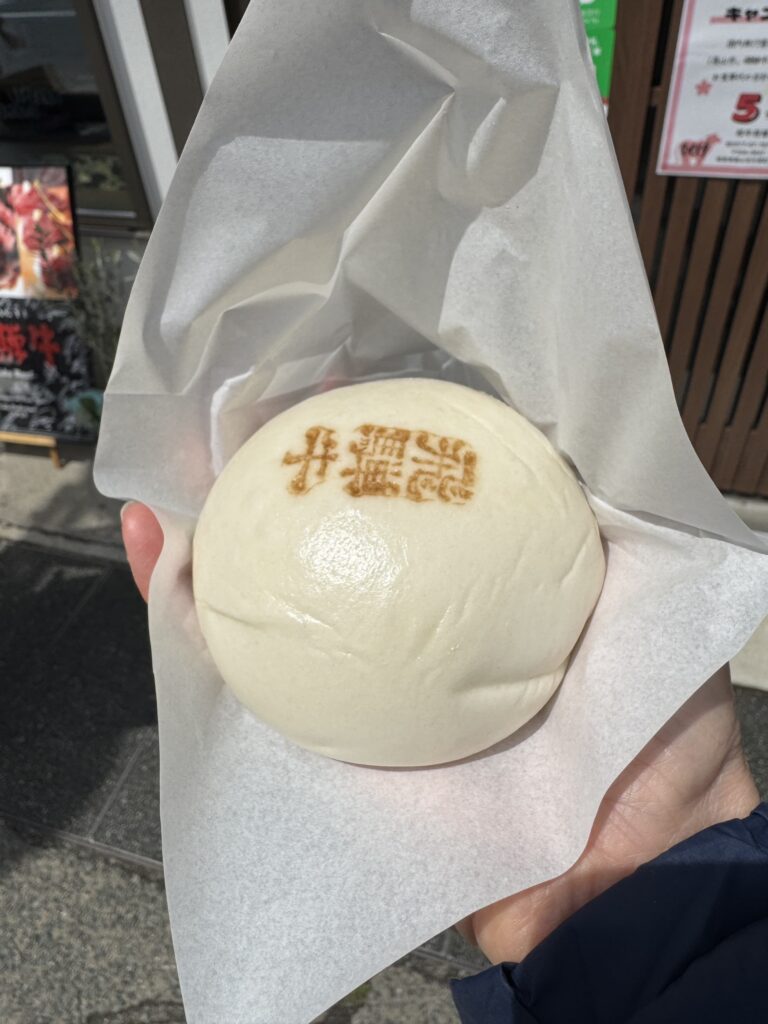
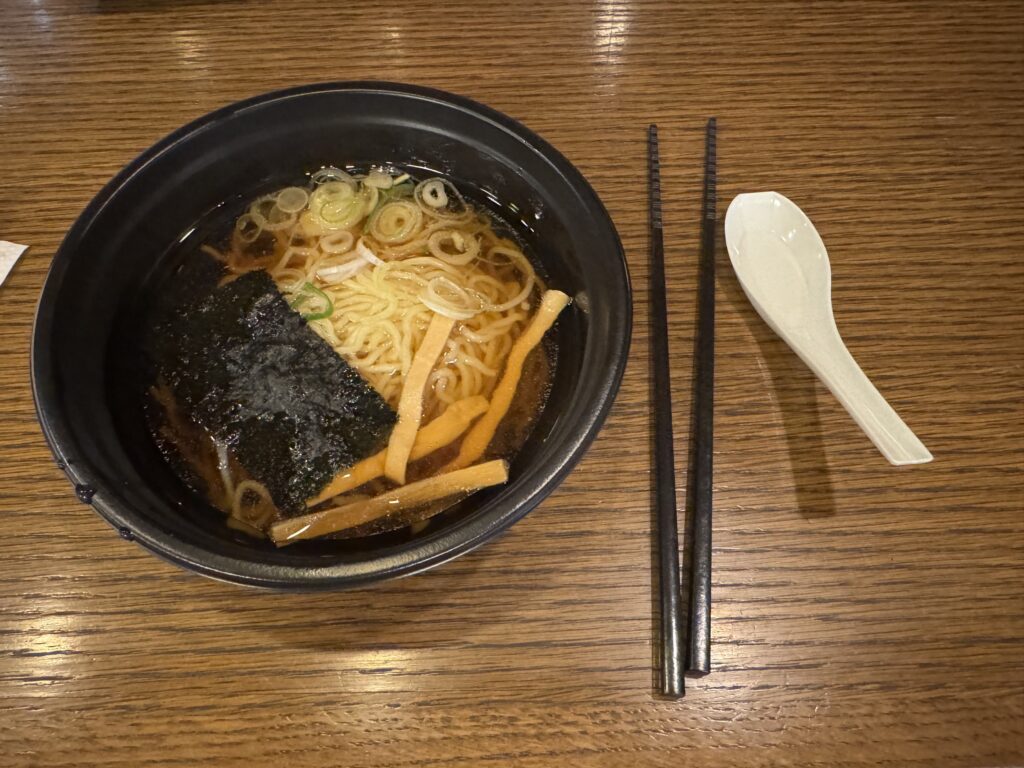
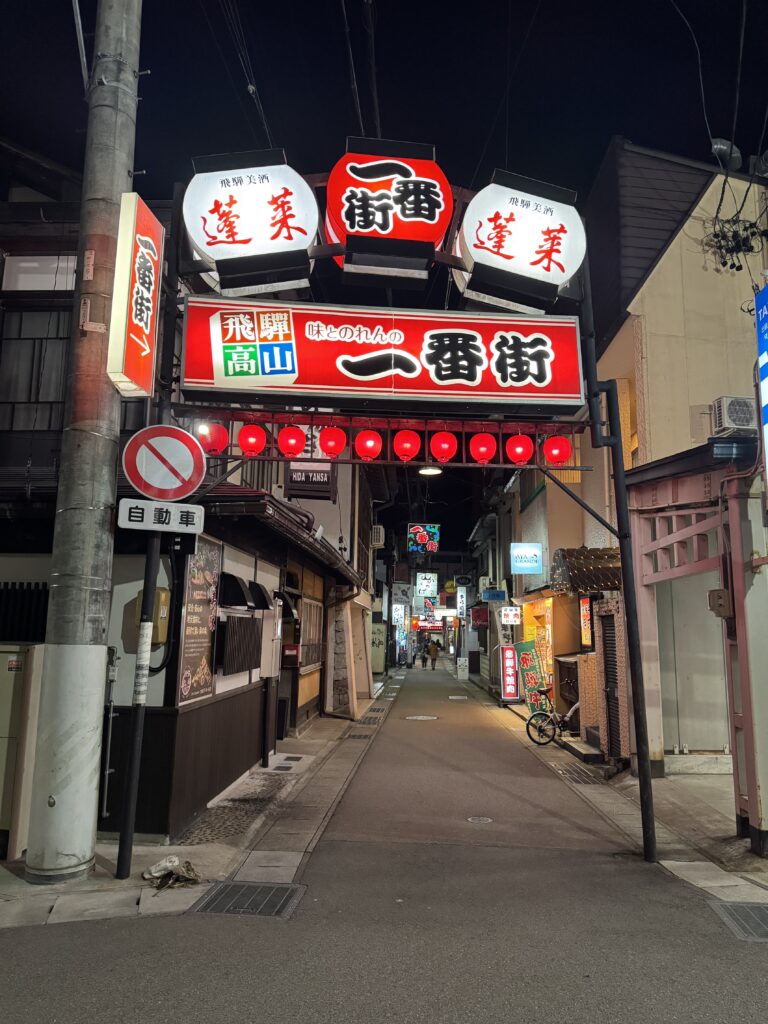
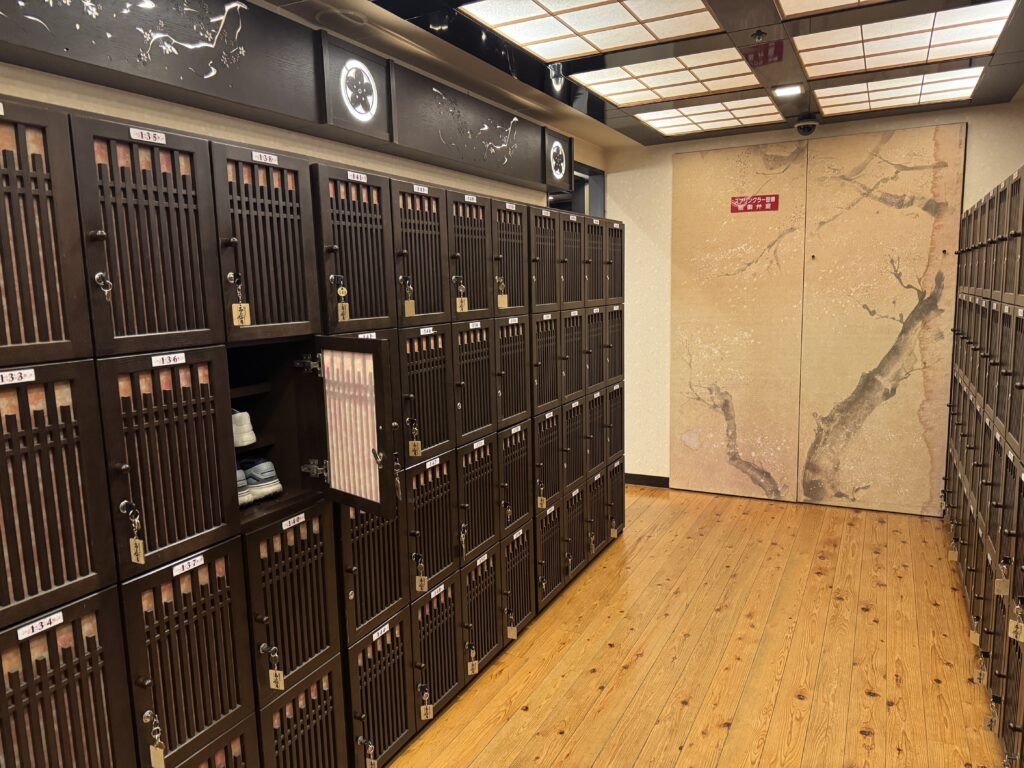
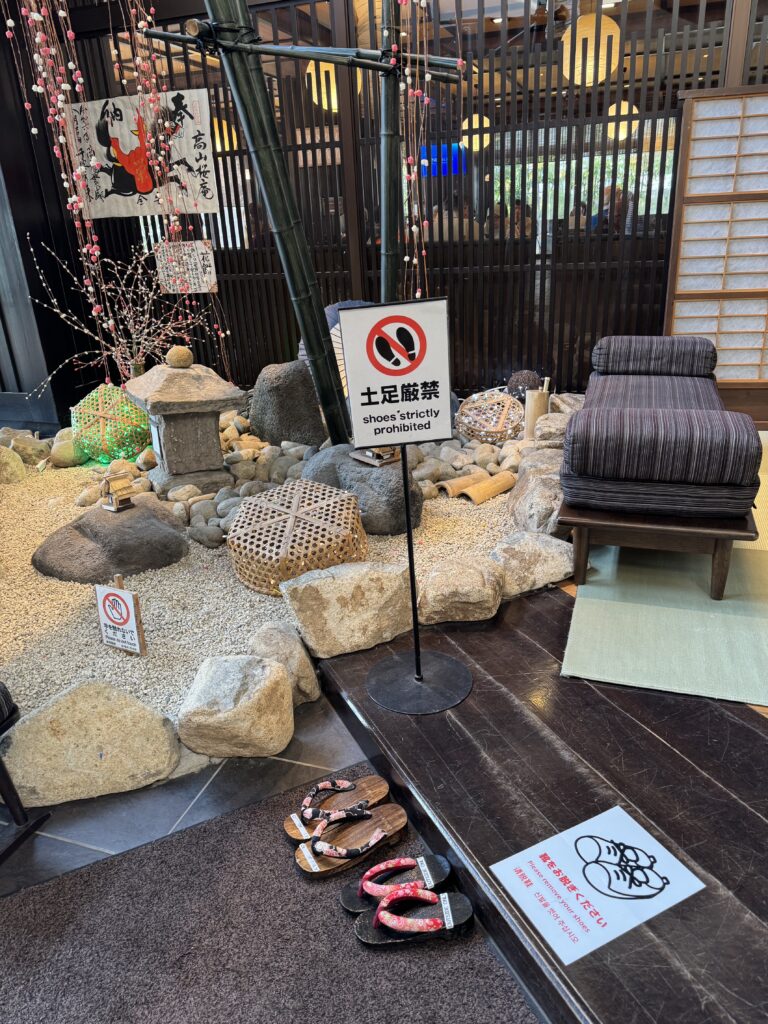
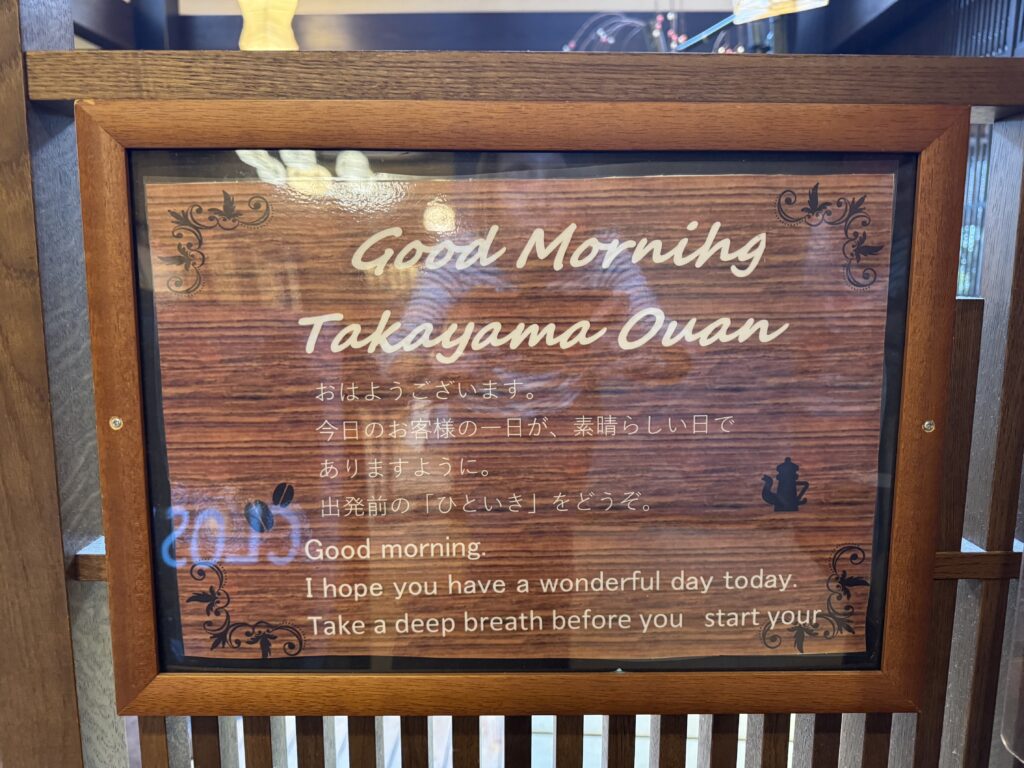
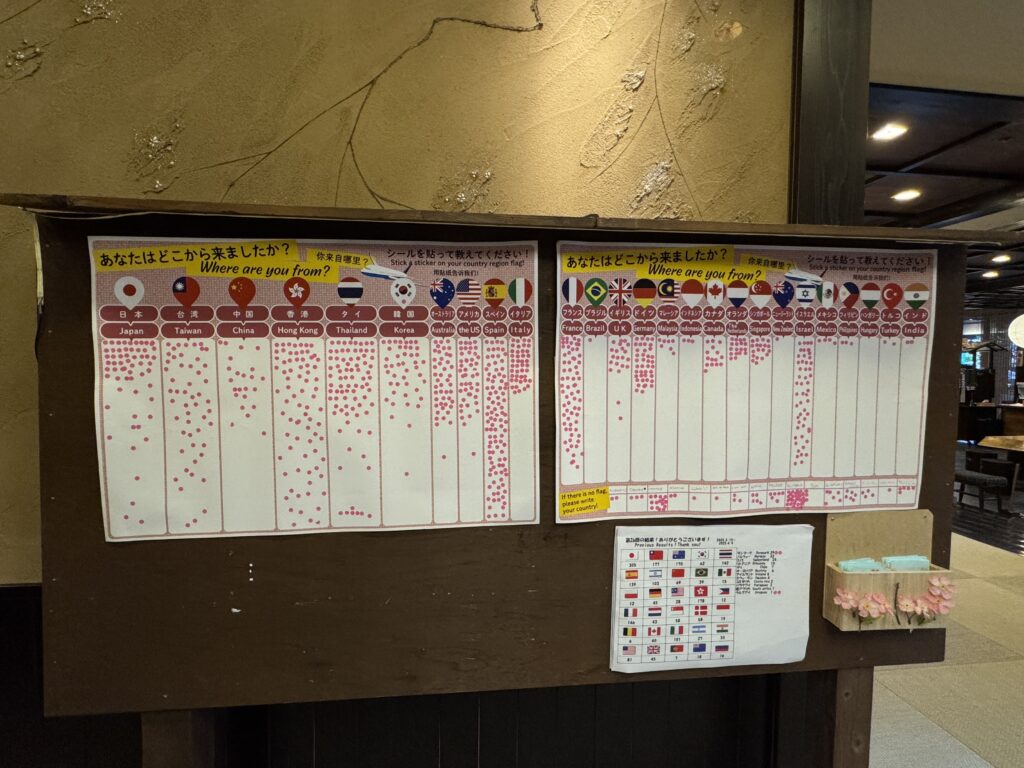
Comments are closed